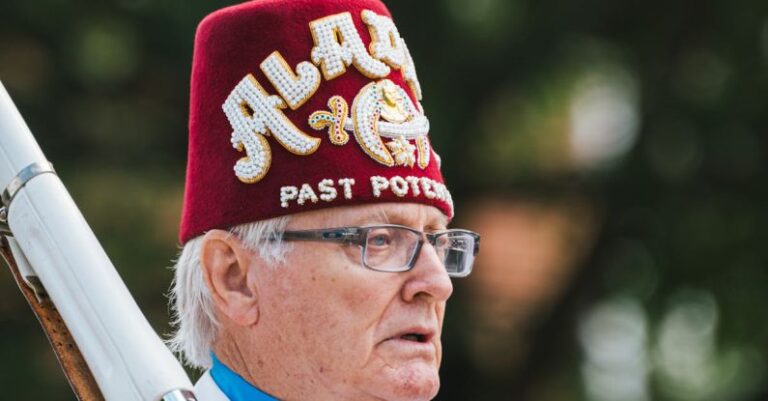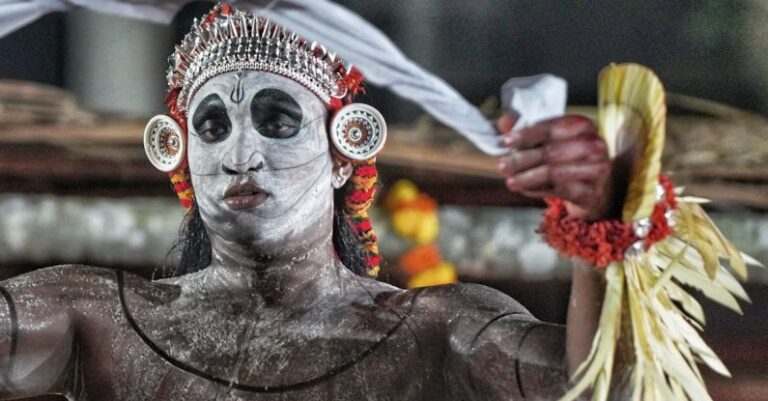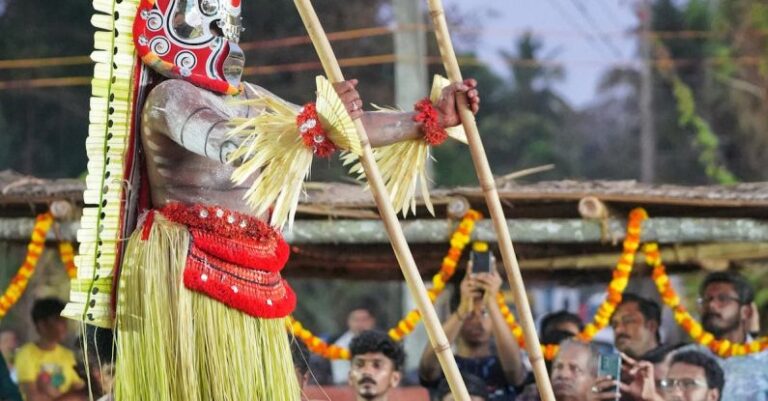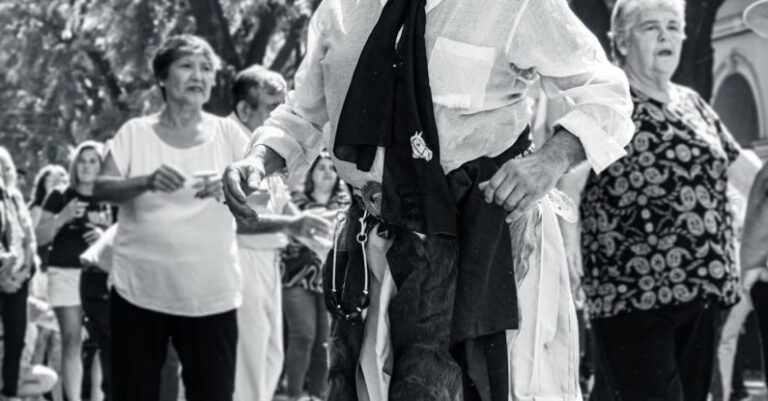How to Plan a Community Parade
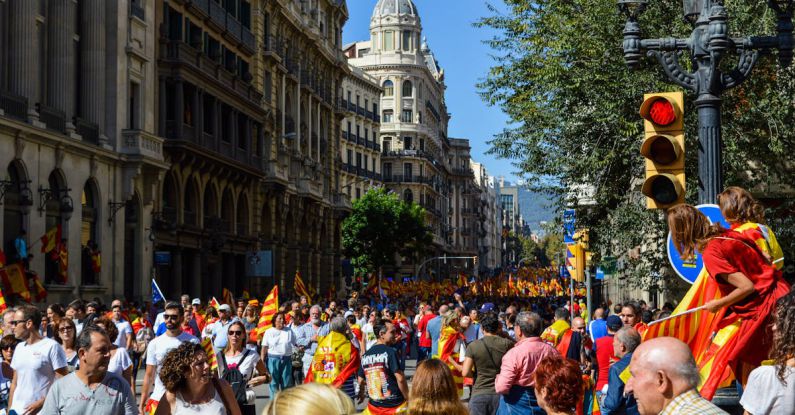
Planning a Community Parade
Planning a community parade can be a thrilling and rewarding experience that brings people together to celebrate a special occasion or a cause. From selecting a theme to coordinating volunteers and securing permits, there are various aspects to consider when organizing a successful parade. Whether you are a seasoned event planner or a newcomer to the world of parade organization, this guide will provide you with essential tips and steps to help you plan a memorable community parade that will create lasting memories for participants and spectators alike.
Choosing a Theme
The first step in planning a community parade is to choose a theme that will set the tone for the event. A theme can help unify the parade entries and provide a cohesive look and feel to the overall procession. When selecting a theme, consider the purpose of the parade and the interests of the community. Whether it’s a holiday celebration, a cultural festival, or a fundraising event, a well-chosen theme can enhance the parade experience for everyone involved.
Securing Permits and Permissions
Before you start organizing the parade, it is crucial to secure all necessary permits and permissions from the relevant authorities. Depending on the location and scale of the event, you may need permits for road closures, parking, sound amplification, and other logistical aspects. Make sure to reach out to local government offices, law enforcement agencies, and other relevant organizations well in advance to obtain the required approvals and permissions. Additionally, if your parade will involve marching bands, floats, or other motorized vehicles, be sure to comply with all safety regulations and insurance requirements.
Recruiting Volunteers
Volunteers play a vital role in the success of any community parade. From helping with set-up and clean-up to coordinating parade entries and managing crowd control, volunteers are essential for ensuring that the event runs smoothly. Reach out to local schools, community organizations, and businesses to recruit volunteers who are enthusiastic and reliable. Consider assigning specific roles and responsibilities to volunteers based on their skills and availability to ensure that all aspects of the parade are well-coordinated.
Soliciting Participants
Once you have established the theme, secured permits, and recruited volunteers, it’s time to solicit participants for the parade. Reach out to local businesses, schools, marching bands, community groups, and other organizations to invite them to be part of the procession. Provide clear guidelines and instructions for participants, including information about the parade route, lineup times, and any specific requirements or restrictions. Encourage creativity and diversity among parade entries to create a vibrant and engaging experience for spectators.
Promoting the Parade
Effective promotion is key to attracting a large audience to your community parade. Utilize a mix of traditional and digital marketing channels to spread the word about the event. Create eye-catching flyers, posters, and social media posts to generate excitement and encourage community members to attend. Consider reaching out to local media outlets, radio stations, and community websites to promote the parade and attract additional participants and spectators. Engage with the community through contests, giveaways, and other interactive activities to build anticipation and enthusiasm leading up to the event.
Managing Logistics
On the day of the parade, effective management of logistics is essential for ensuring a successful and safe event. Establish a clear timeline and schedule for parade participants, volunteers, and staff to follow. Coordinate with local law enforcement and emergency services to ensure proper traffic control and crowd management. Provide clear signage and directions along the parade route to guide participants and spectators. Have contingency plans in place for unexpected situations, such as inclement weather or last-minute changes. By staying organized and proactive, you can help ensure that the parade runs smoothly and that everyone has a memorable experience.
Celebrating Community Spirit
As the parade comes to an end and participants disperse, take a moment to celebrate the community spirit and camaraderie that the event has fostered. Thank volunteers, sponsors, and participants for their contributions and support. Consider hosting a post-parade gathering or reception to give everyone a chance to connect and reflect on the success of the event. Capture the highlights of the parade through photos and videos to preserve the memories for years to come. By celebrating the collective efforts of the community, you can create a sense of pride and unity that will resonate long after the parade has ended.
In conclusion, planning a community parade requires careful consideration, coordination, and creativity. By choosing a compelling theme, securing permits, recruiting volunteers, soliciting participants, promoting the event, managing logistics, and celebrating community spirit, you can organize a memorable parade that brings joy and excitement to all involved. With thorough planning and effective execution, your community parade is sure to become a cherished tradition that unites people and celebrates the diversity and vibrancy of your community.

